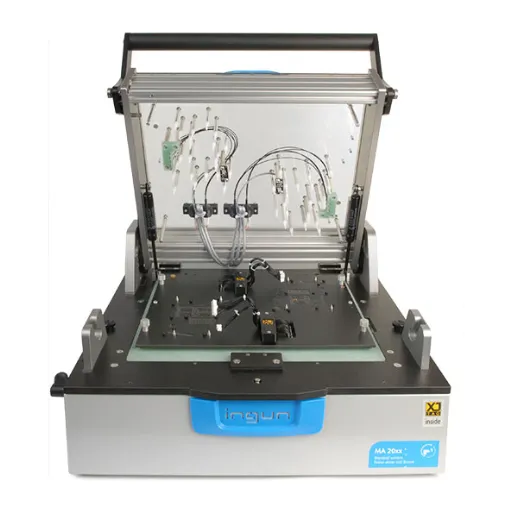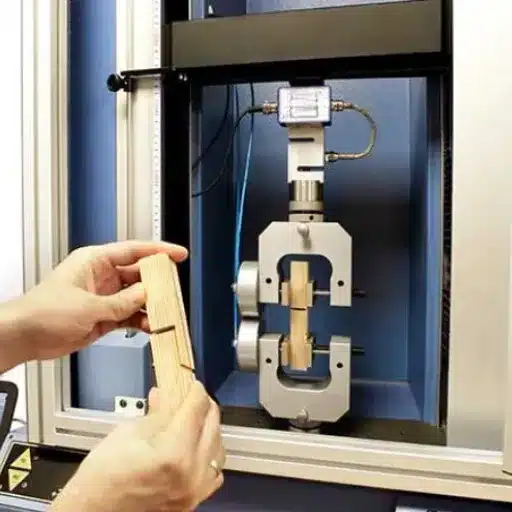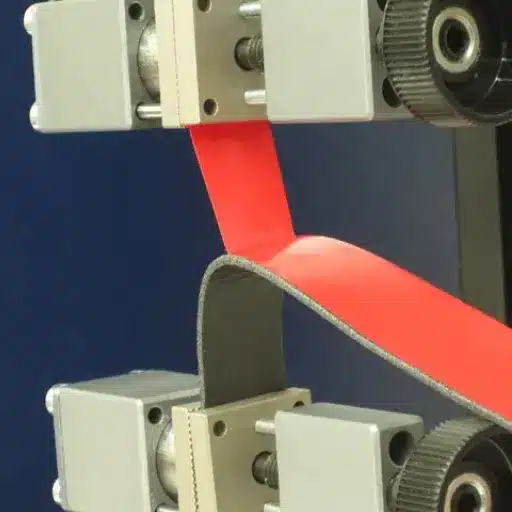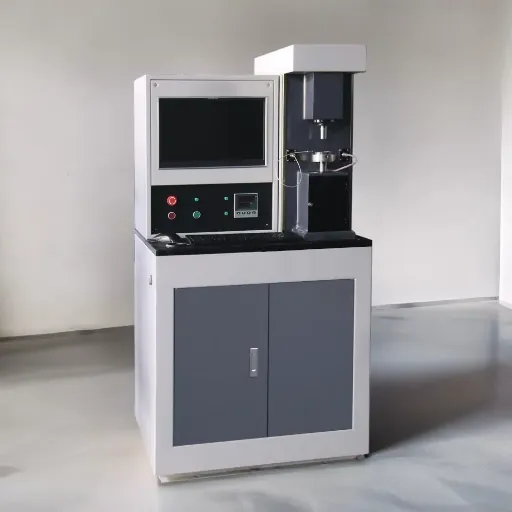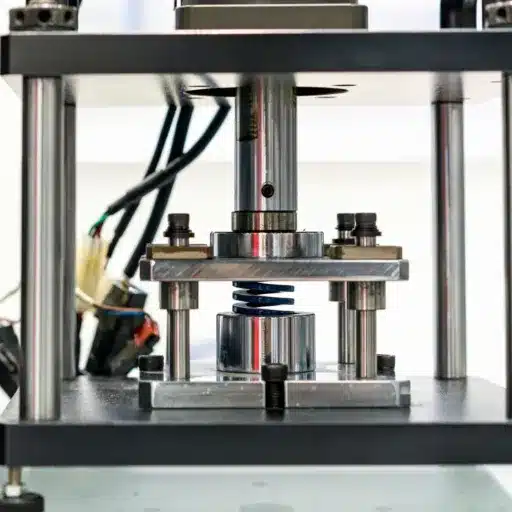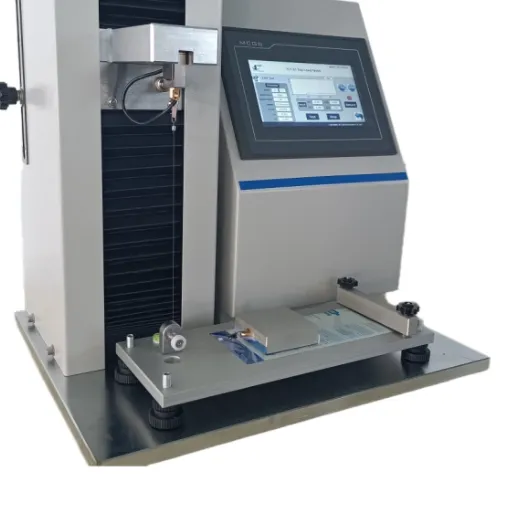Software testing guarantees reliability and accuracy in test setups never to come at less than a properly built test fixture. Test fixtures provide reliable groundwork for establishing controlled, reproducible environment conditions, and so are tools applications use with developers and QA professionals. What, then, makes a test fixture standard? How do teams implement them in the first place to facilitate functionality validation while reducing time and errors along the way?
This blog serves to take a broader view of test fixtures, covering what they are, what comprises them, and how exactly to formulate them properly. Whether you are a seasoned software engineer or just beginning your development journey, this guide will offer you insight and skills so that you may improve your testing framework. After the end of this article, you will have gained a very good understanding of how to incorporate test fixtures into your working environment to lessen loss and achieve results that are reliable.
Understanding Test Fixtures

What is a Test Fixture?
A test fixture is an environment construct comprising a set of preconditions or necessary configurations prepared so that tests run consistently in that environment. The test may otherwise run in an environment with unintended variations, in different conditions; thus affecting, firstly, the varying set of observations by the human operators and finally the test scores, itself. By forming the baseline, test fixtures help to ensure the validity of the applied test.
Generally, test fixtures involve setting up data, initial system states for the given tests, or software dependencies required by the tests. Once the test involves cleanup processes, such as restoring the system to the initial state, so as not to affect any further testing with leftovers from the prior one, this is a follow-up to complete test fixture isolation and is called cleanup. It assures clear isolation between tests, avoiding or disparaging an outcome.
Key Benefits
To proceed with reliable and maintainable test practices, test fixtures should be utilized. By automating the repetitive setup and teardown processes as much as possible to gain efficiency, implementation of test fixtures also allow the same setup process to be shared among different test cases, thus improving consistency. This systematic approach reduces human error throughout the test process and ensures tests give valid feedback on the functionality they mean to examine, thus supporting the delivery of robust and error-free software systems.
The Role of Test Fixtures in Software Testing
Test fixtures are instrumental generic equipment factors in the lifespan of building quality and reliability software applications for establishing the prerequisites needed and the states. Test fixtures carry out the testing of setup and cleanup automation relating to procedures that focus on test logic; this is enjoyable for the exercises’ setup and cleanup tasks. Such an arrangement not only saves time but may also lead to faults by humans resulting in an unreliable test result.
Another advantage of the fixtures is their capability to standardize tests. They will set identical setups over two or more tests, giving them the same testing condition. Uniformity lets genuine failures stay clear of possible defects where effects could be different by variable outsides. Also, it enables easier debugging since one may reproduce the initial state with confidence.
This name would help bind the next test methods for more efficient software testing: to save workflows from replicating each traffic and to systematically approach the testing manner. This would also increase the productivity of the team and fastens the identification of issues in different scenarios so as to make sure strong software capable of satisfying quality requirements.
Importance of Consistency and Reliability
Invariably, test fixtures ensure that no variable is allowed to intrude and compromise the accuracy of the test results. For example, they configure a database with sample data, set up mock dependencies, or reset the application state. This minimizes the chances of false positives or negatives and gives the tester time to focus on validating the functionality or behavior of the software.
Test fixtures help maintain consistency, allowing faster defect identification and isolation. This also speeds up the execution of test cases as the setup time is greatly reduced, resulting in rapid times for identifying issues and thereby guaranteeing high-quality reliable software.
Types of Test Fixtures
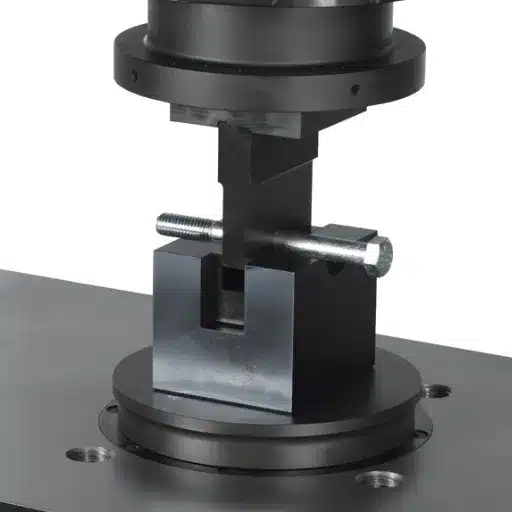
Setup Fixtures: Preparing the Testing Environment
Setup fixtures are a vital step in the testing procedure. This ensures that all conditions required to allow for the correct execution of a test are met. This might involve setting up and configuring an environment as close as possible to a production, deployment, or usage environment so that the final results come out as uniform and reliable, reflecting an actual environment.
A good setup fixture often comprises initializing variables, loading some sample data, or setting system configuration or dependencies to lessen inconsistency and external variables that might otherwise be a factor in the outcome of the tests.
By reducing the complexity of the setup, fixtures ensure that the tests are performed more accurately with greater efficiency; less time is lost in resolving environment issues or setting conditions for tests. Hence, the test team can allocate their time towards identifying and fixing critical software defects. This mold will help the process in turning out better software with a less bumpy ride during testing.
Teardown Fixtures: Cleaning Up After Tests
Teardown fixtures are procedures or steps carried out after the tests so that the resources, dependencies, or configurations are properly cleaned or reset, thus preventing any leftover data or system states from interfering with other tests and ensuring a pristine testing environment for subsequent test cycles.
Comparative Analysis of Different Fixture Types
There are several available test fixtures, each suited for certain circumstances. Setup fixtures prepare the resources, systems, or dependencies before the tests are run. They make sure that all prerequisites for a test are met in order to provide solid ground for testing. Teardown fixtures, by contrast, clean and reset the environment after test execution to avoid situations that could interfere with other tests or leave problems behind that may eventually taint further results.
Another type of fixture is the parameterized fixture. These types of fixtures allow one to run the same tests with different input data or configurations but without changing the actual test logic. This provides a very flexible and efficient way to test a lot of scenarios. With the right type of fixture being used, testers can improve the strength, clarity, and usefulness of their testing process, hence heightening the validation of the given software or system under test.
Real-World Applications of Test Fixtures
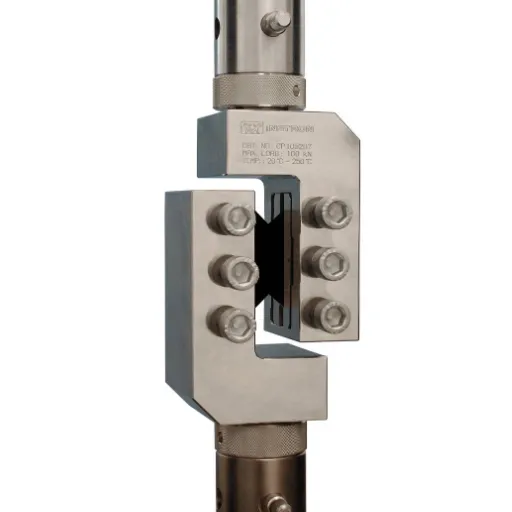
Case Study: Implementing Fixtures in a Continuous Integration Pipeline
Thereby, in a continuous integration pipeline, test fixtures help in automating testing. By preparing test data or configuring the system in advance, they help to avoid errors propagated through inconsistent preconditions-the very scenario that occurs in CI pipelines when automated tests are triggered very frequently, sometimes after every code change, to put issues out very early and keep the software reliable.
Example Implementation
For instance, such a pipeline could employ a database fixture that loads predefined data into a test database just prior to running the integration tests; after the tests are run, it will reset the database to its original state to provide a clean slate for subsequent tests. This structured method allows running and validating multiple scenarios in a timely manner, thereby enhancing the overall quality and speed of development.
Common Scenarios Where Test Fixtures Excel
Database Testing
Test fixtures would be beneficial in any situation in which consistent, repeatable test environments are necessary. Database testing forms just one pillar of such a scenario. Test fixtures could set up certain data structures or initial states into the database before the tests go on to ensure that every test has the same starting point and also prevent one test from interfering with another; otherwise, this could be detrimental to test results.
Integration Testing
Integration testing bears a second scenario. In setting up mock data and mocking out external dependencies using test fixtures, the development team can focus on actually testing that the systems interact correctly, rather than relying on any kind of external influence. This allows for integration to be tested in confidence, thus minimizing external factors such as network delay times or availability of third-party services that might otherwise skew the test results.
UI Testing
UI testing is yet one other example where test fixtures shine. They allow the application to be put into the desired state, such as pre-loading user accounts or simulating specific user roles or certain application settings. Such setup is necessary to test interactions with workflows thoroughly, thereby ensuring a flawless user experience in any given scenario. By creating this controlled environment, test fixtures provide an important framework within which efficient, reliable, and repeatable testing processes can be created.
Lessons Learned from Practical Applications
- Consistency is Key: One of the fundamental understandings from the practical perspective of installations is the constancy of testing environments. Any deviation from this purity will lead to inaccurate identification of workflow faults and evaluation of change impacts by testers. False positives and negatives can be triggered, with the results ending up being an application of actual behavior compared to a mishandling of the environment.
- Automation Efficiency: Another insight is that automation achieves efficiency. Automatic test fixtures greatly reduce the time spent on manual setup, especially in complex environments. Henceforth, teams are freed to spend more time analyzing results and refining processes, thus reducing iteration times and increasing product quality. Automation also decreases human error, thereby increasing the credibility of the test results.
- Adaptability Necessity: Lastly, the practitioners have highlighted adaptability as a necessity. It has to support applications’ changing needs and updates and varying configurations with as little redevelopment as possible. With this, the framework remains usable for the long term, minimizing technical debt, and guiding sustainable growth in the testing arena.
Implementing and Managing Test Fixtures

Actionable Tips for Effective Implementation
Start with Clear Objectives
Define the purpose of each test fixture, together with goals it should fulfill. Having clarity on desired results will help in designing the fixture per the application requirements without adding unwanted complexity. The implementation process should further be aligned with the higher testing strategy to render consistency across projects.
Make Reusability a Priority
Test fixtures should be designed with an aim of easy reuse under multiple test scenarios and testing environments. Modules and standards will help keep the development time for future tests low in addition to the maintenance overhead. Furthermore, reusability works to increase efficiency especially while taking any updates or new features into its fold.
Automation Comes First
Automate test fixtures to improve efficiency and lessen the manual workload on testers. Automated fixtures offer consistency in the test setup and change environment minimizing any potential human error. Use scripting or automation tools to automate the setup and teardown processes, making opposing rather easy.
Maintain Proper Documentation
Documentation should cover all the structure, functions, and procedures of use for each fixture. Good documentation helps in better team collaboration, while also enabling newer members to comprehend and use the fixtures efficiently. Always keep documentation up-to-date for any changes or improvements made.
Following these tips will ensure that the teams can put into use test fixtures that are effective, reliable, and flexible and at the same time improve both the quality and sustainability of the whole testing process.
Integrating Fixtures into Your Development Pipeline
The idea of a testing fixture is to avoid any changes in the environment that could have been tested on, so that developers and testers can concentrate only on the functionality being actually tested. Besides that, they also help save time and minimize the chance of making errors by automating the process of setting up and tearing down the tests; thus, they allow the tests to run while no manual control is required.
If one were to imagine using test fixtures, the end result is improved software quality and productivity of the development pipeline. They allow tests to run methodically and systematically; more coverage can occur. Confidence in the software’s functionality is thus gained. When rightly utilized, test fixtures will lead to the fast detection of weaknesses within the system, which assists in building a strong end-product.
Maintaining Efficiency and Accuracy
So, a test fixture is simply there for smooth execution of testing while maintaining its precision. It automates the repetitive tasks such as initializing variables, seeding databases, setting configurations, or even setting system states. This prevents human errors, assures uniformity across test executions, and saves some precious time of developers.
The test fixtures, when applied, make it easier and quicker to locate problems while increasing software quality. Test fixtures play a pivotal role in spotting defects early on in the development phase, which leads to a speedy resolution of issues and well engineered-end-product. Through intensive application of test fixtures, the teams can increase test reliability and confidence that the software performs as expected.
Challenges and Best Practices
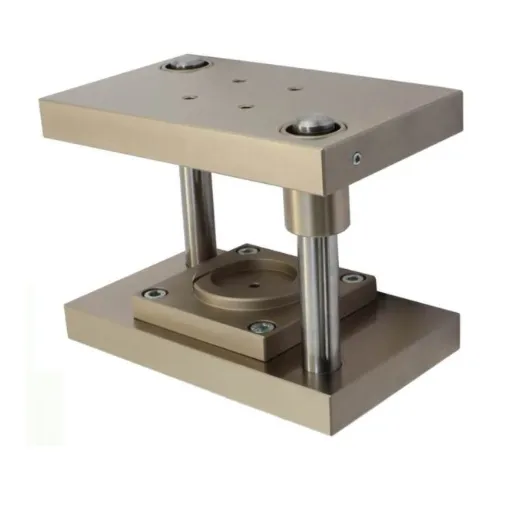
Common Challenges with Test Fixtures
Maintenance Complexity
Some common challenges with test fixtures include keeping fixtures up to date as software changes. When the codebase changes frequently, test fixtures may become quickly obsolete, producing false-positive or false-negative results that impede the development process and diminish testing accuracy. Regular review and updates of test fixtures are thus important to keep them relevant to current software requirements.
Setup and Management Difficulties
Another major concern is that test fixtures may be very hard to set up and manage in large or distributed systems. Making sure that the environment always truly reflects real-world conditions is difficult, and such endeavors often demand a lot of time and resources. The more that can be automated when creating and tearing down test fixtures, the easier it will be to conduct tests that are always consistent and repeatable.
Over-Reliance Issues
Lastly, it’s the excessive trust placed on test fixtures that can create its own problems. When specific fixtures grab too much focus, testing scope can get limited, and edge cases can slip by. Testers must maintain balance between using test fixtures and exploratory testing or more generalized testing approaches for a broader brushstroke of assessing software behaviour and performance. If this challenge can be overcome, it would lead to test fixtures becoming the last ounce of value in a software development end-to-end life cycle.
Best Practices to Overcome Configuration Issues
Test fixtures promote repeatability in testing by providing conditions under which the software’s behavior can be consistently observed. Such consistency is necessary for recognizing alterations in performance or behavior when changes are made to the source code. Test fixtures save considerable time, as they automate set up and tear down processes, thereby lessening both manual involvement and the possible introduction of human errors during testing.
The range of processes where test fixtures are found being used includes unit tests, integration tests, and functional tests. They keep the tests from depending on each other, which may cause one test’s results to interfere with those obtained from another test. In this manner, test fixtures help speed up and simplify test setup and improve the reliability and efficiency of the software development lifecycle.
Scalability Considerations for Test Fixtures
While scaling test fixtures, such can also be designed to scale up the volume of tests without compromising performance. This would mean setting up the fixture and tearing it down really fast–slower execution time will eventually slow down the entire testing workflow. Lightweight and reusable components can contribute maximally to the scaling of test fixtures since these limit the resource overhead during repeated executions.
Another final factor that comes into play is the ability of these test fixtures to accommodate different test cases as software grows in complexity. Being able to configure fixtures in a way that attends to the requirements of test scenarios will make them useful for various testing environments. This may mean allowing parameterization and modular designs to permit testing across multiple platforms, environments, or use cases.
Lastly, resource allocation and management must be top-notch for scalable test fixtures to occur. Ensuring the proper allocation of all system resources such as memory, processing power, storage, and more will help maintain testing performance with an increase in the number of tests. Another method that could enhance scalability is the parallel execution of tests and resource utilization over the cloud, thereby easing the management of large-scale test suites.
Frequently Asked Questions (FAQ)
Q What is a test fixture?
Basically, a test fixture serves as a setup provided in software testing that has a fixed, known environment where tests are executed. This ensures repeatability of tests by a steady state setup for testing.
Q How does a test fixture ensure a smooth and uninterrupted testing procedure?
The test fixture serves to make the testing consistent and reliable. By giving a controlled example, it allows the developer to separate a particular method into other functions for reuse, thereby facilitating the testing procedure.
Q Can you provide me with some examples of test fixtures?
There can generally be any test fixture, such as a compression test fixture for performance testing or a set of software test fixtures consisting of a database with known parameters to test certain functionalities against a known set of inputs.
Q What is the interaction between a test specimen and a test fixture?
Test specimen means a known specified set of files or objects used in testing. It allows repeatability in testing to be assured in that identical conditions and parameters are used every time that a test is carried out.
Q Could you explain a bit about the test signals for a test fixture?
Test signals are ones given under specific input conditions throughout the test using a test fixture. Their intention is to mimic the real-world scenario and observe how the system performs under various conditions.
Q How do test fixtures integrate with automatic test equipment?
The test fixtures usually play on automatic test equipment (ATE) to allow continuous testing, ending up efficient into testing along with minimal human intervention and culminating in improving credibility.
Q What is xUnit, and what is the relationship between xUnit and test fixtures?
xUnit is a unit testing framework which allows designing test code wherein a developer may instantiate test fixtures. This framework enables developers in organizing tests and managing dependencies between various test methods.
Q What is the use of the known set in test fixtures?
Having a known set of objects or parameters in a test fixture leads to the creation of a consistent testing environment. It reduces duplication and further helps more accurate and reliable test reports by basing tests on well-defined criteria.
Q How does a fixture set up the system to test it?
The fixture sets up the system for testing by preparing all the necessary conditions, like getting the test environment ready, creating the test specimen, and establishing the known parameters to be used throughout the testing. This setup is a prerequisite for checking the functionality and performance of the system under test.
References
- Test Fixture – Wikipedia – Defines a test fixture as a device used to consistently test items, devices, or software, commonly in electronics and software testing.
- What Are Fixtures in Programming? – Stack Overflow – Explains the purpose of test fixtures in programming, ensuring a well-known and fixed environment for tests.
- About Fixtures – Pytest Documentation – Describes how fixtures provide a reliable and consistent context for tests, such as a configured database environment.
-
Fixtures – Playwright Documentation – Highlights the role of test fixtures in establishing isolated environments for each test.

